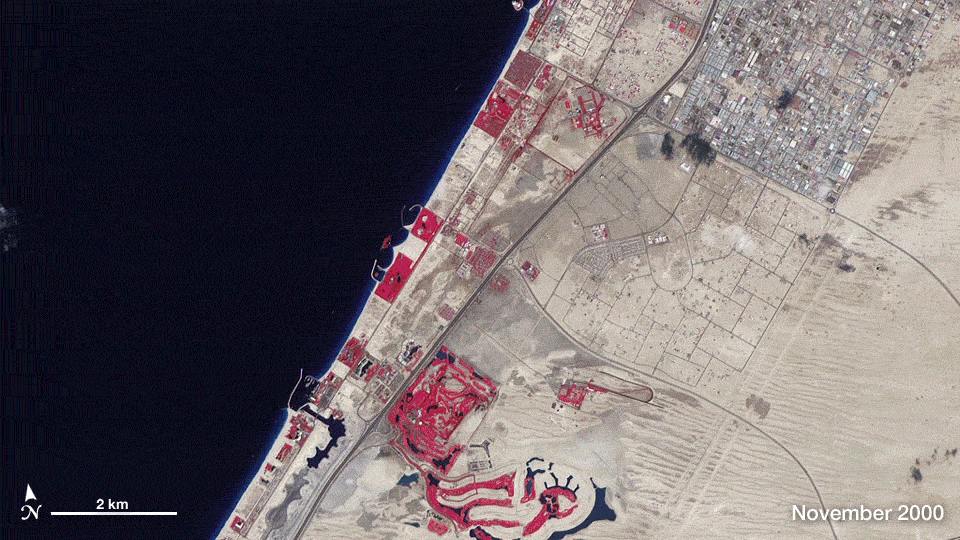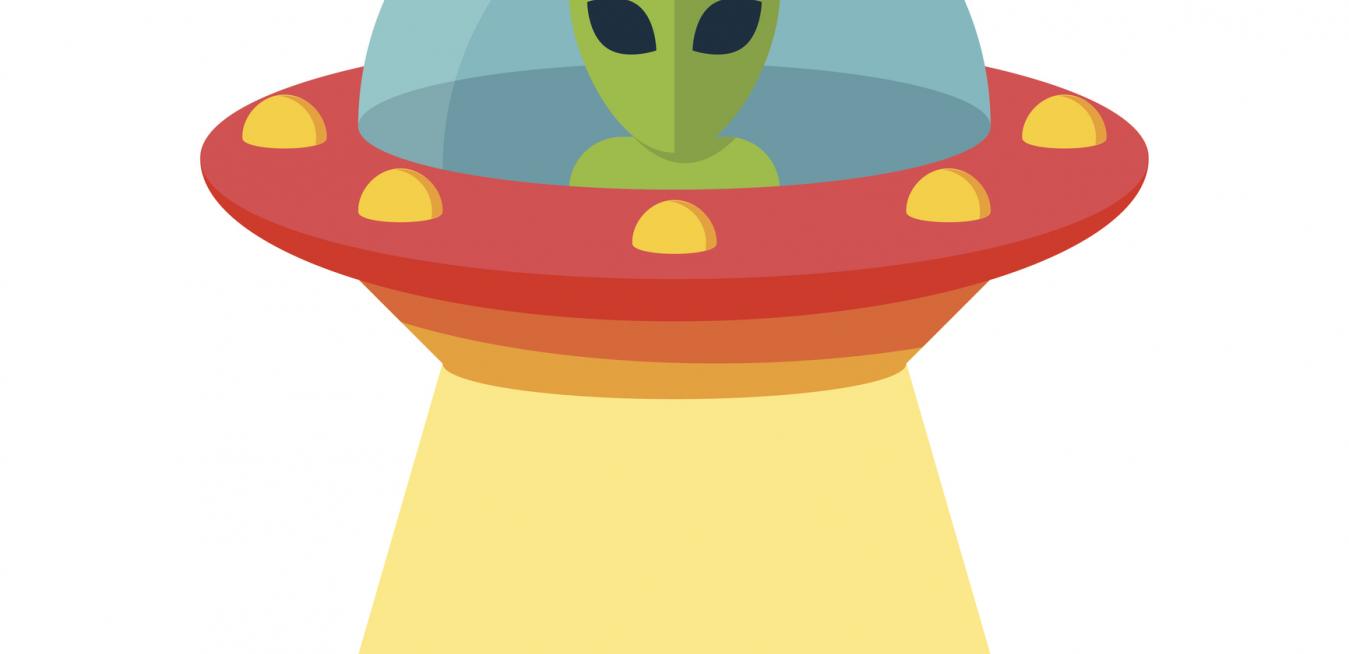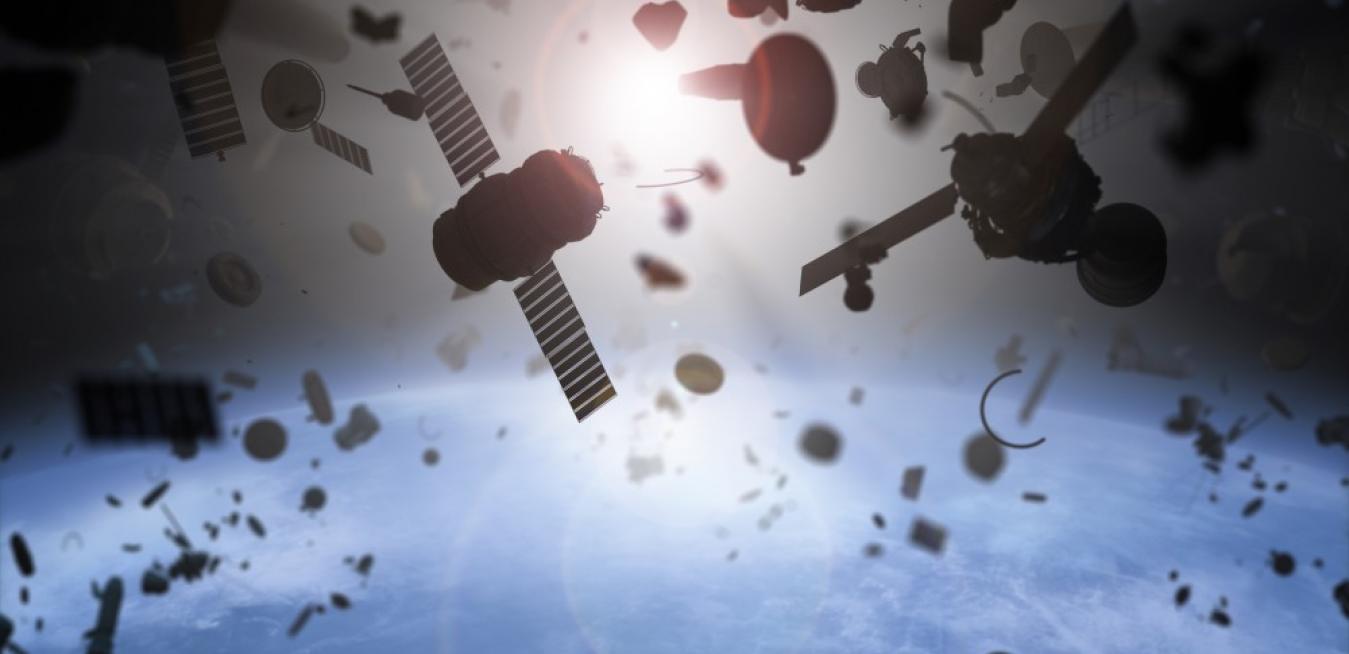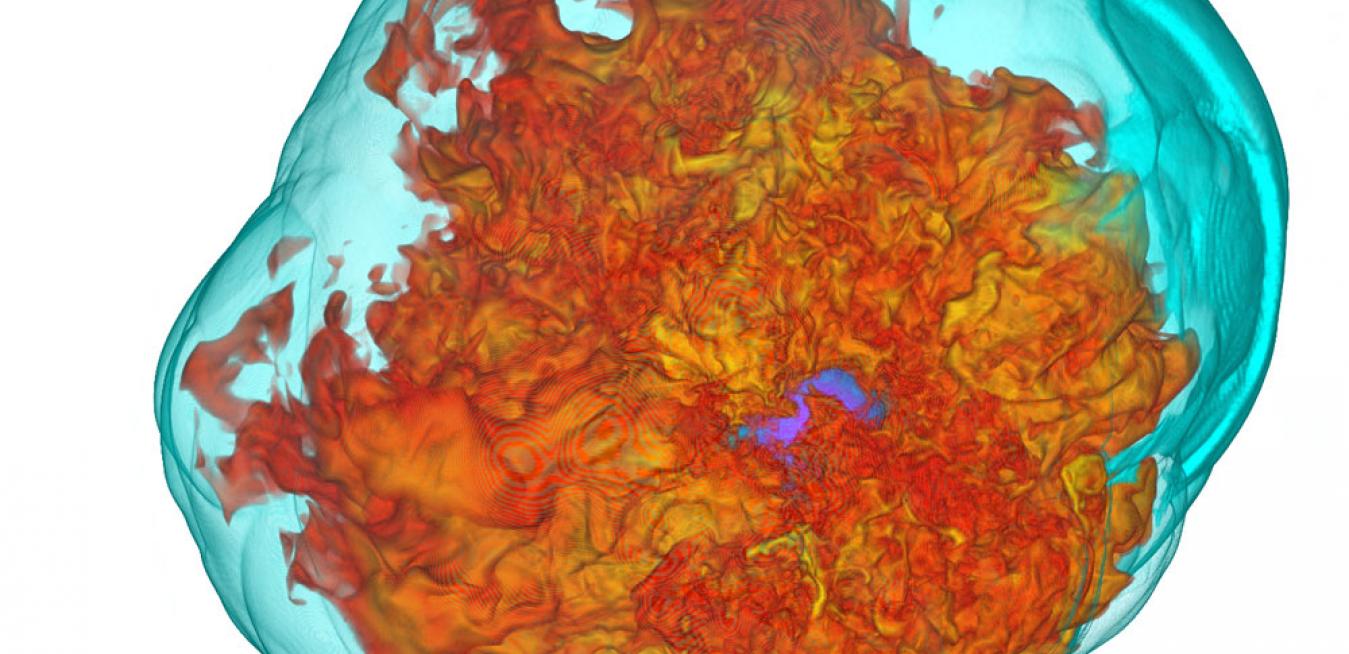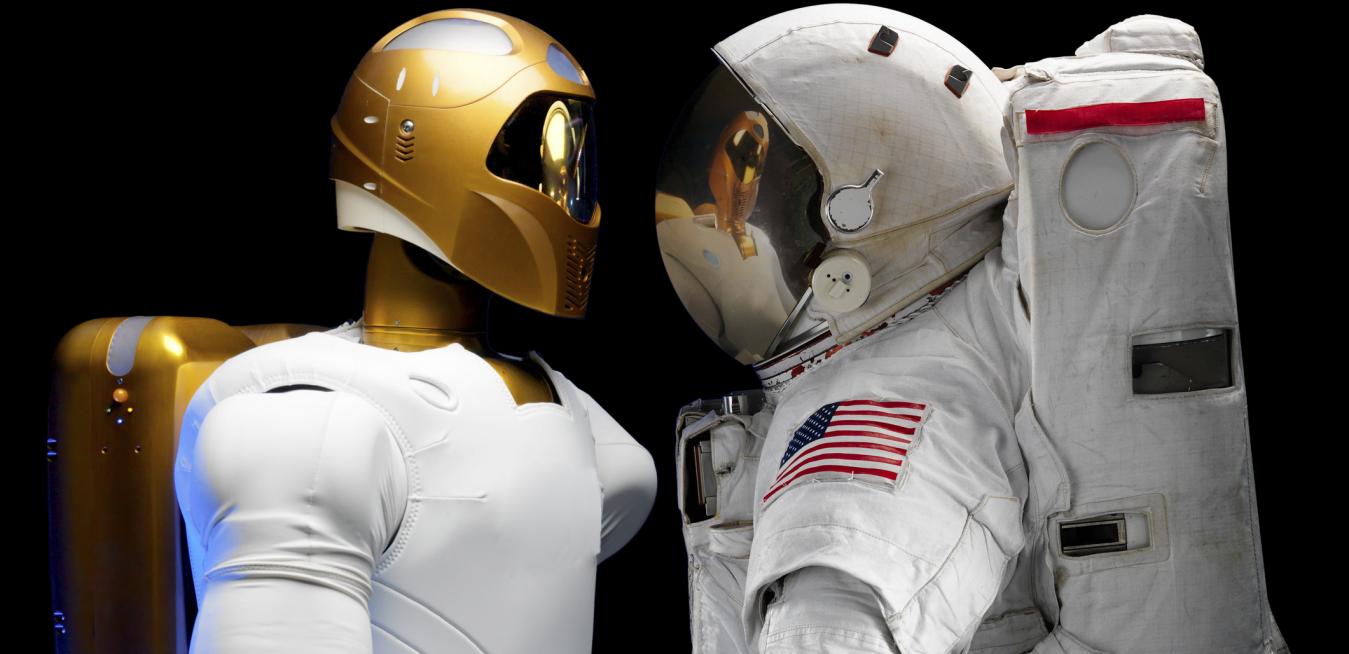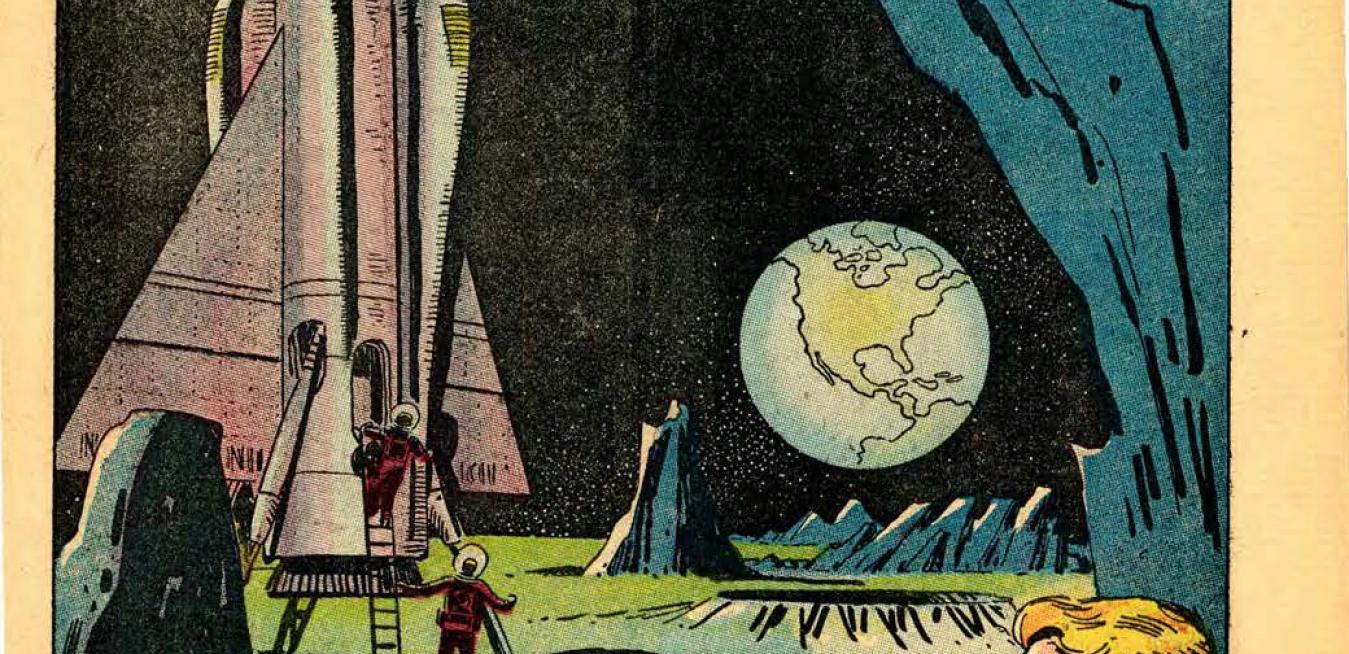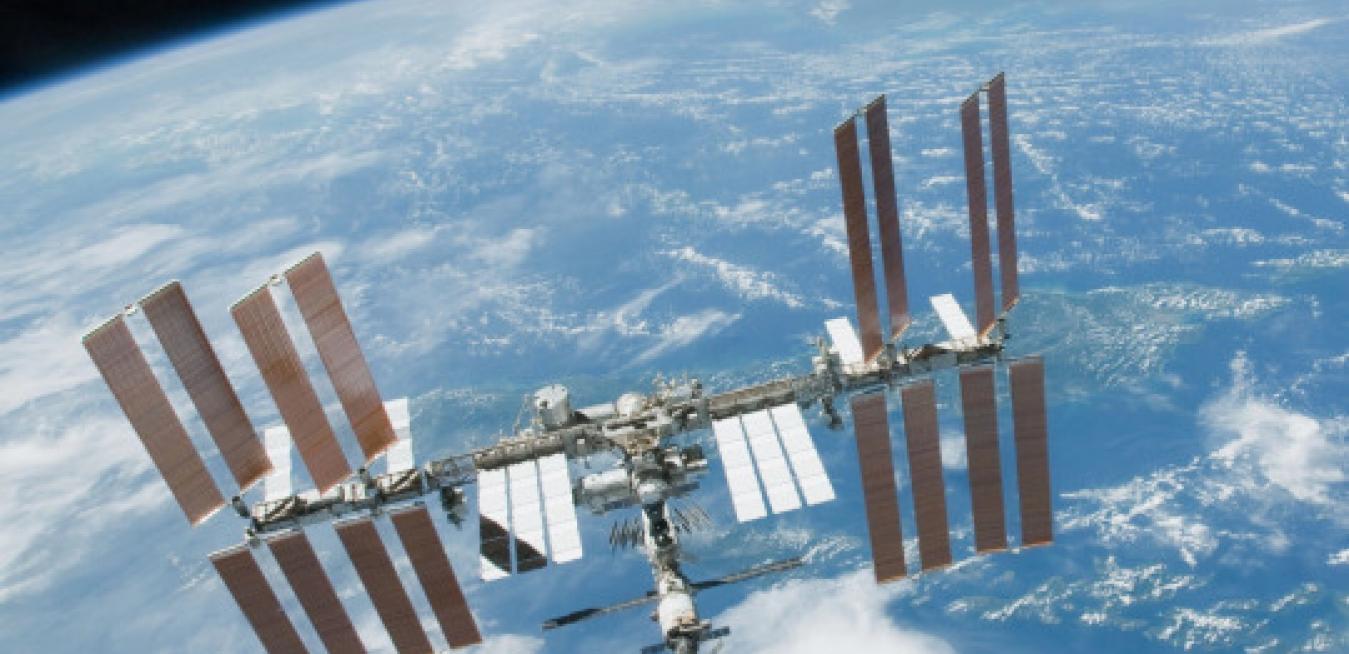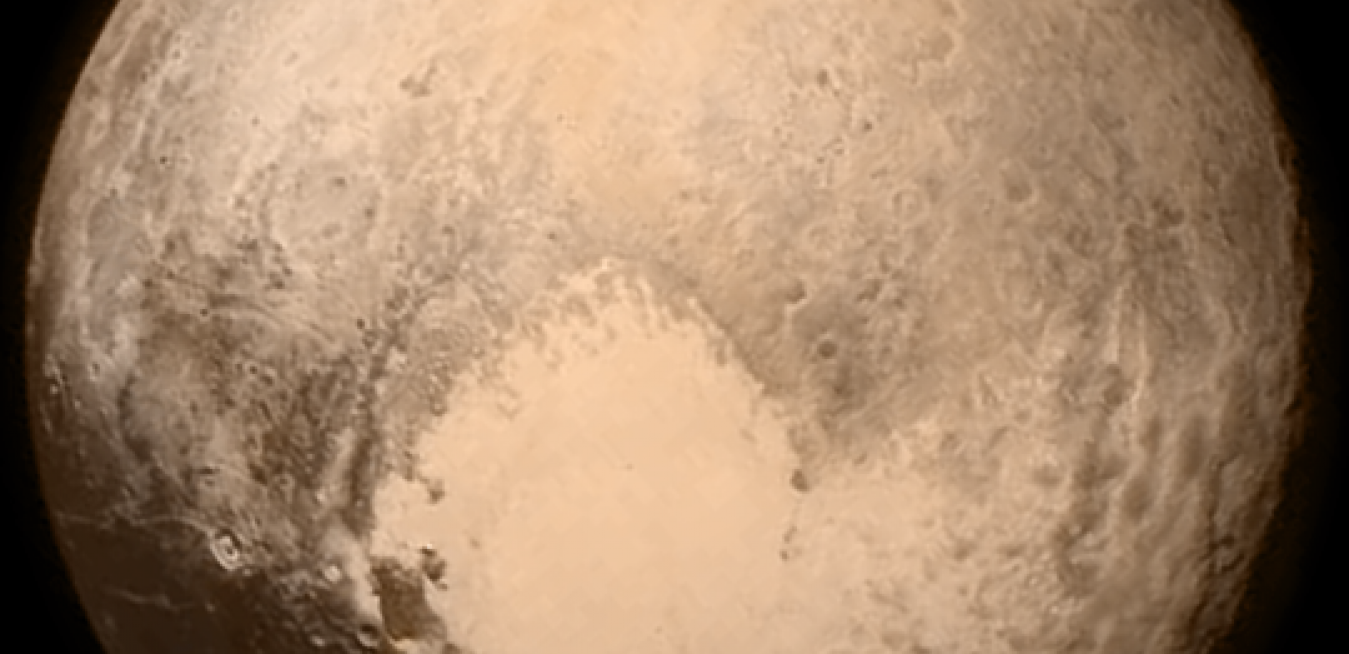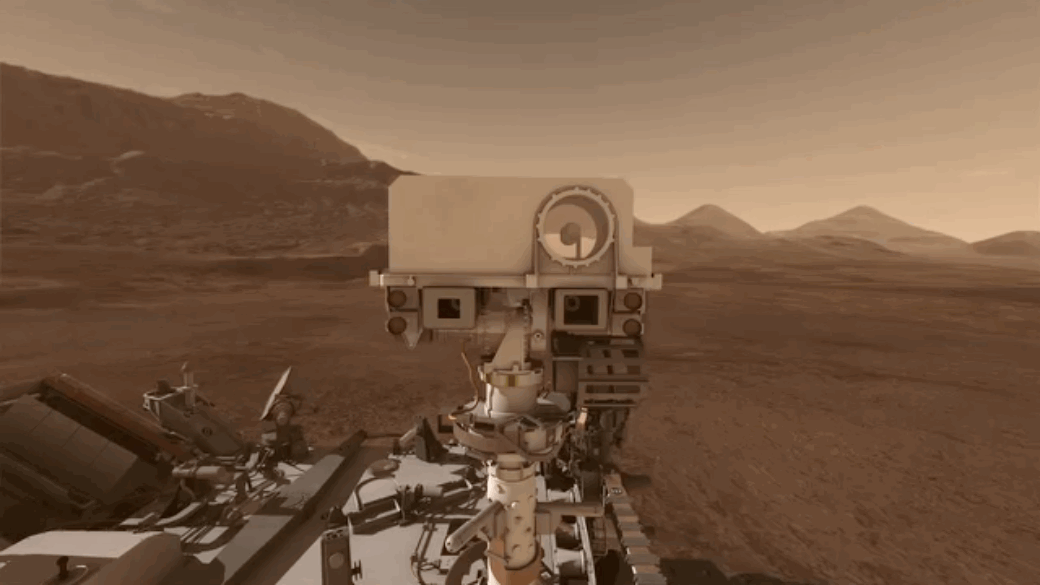Nearby Star Holds Three “Potentially Habitable” Planets
Space debris, whether it's empty rocket casings or a dead satellites the size of a car, can pose risks to spacecraft. Researchers with the Surrey Space Centre at the University of Surrey present two scenarios for a litter-picking mission.
Code Of Silence? Computers Prove That Staying Silent Makes You Look Smarter
Will Snails Get Us Faster To AI?
It's not just people who need to get better at talking to one another. Space roboticist Riccardo Bevilacqua says we need to teach our machines how to communicate more effectively for robots to reach their full potential.
If we are serious about long-term human presence in space, such as manned bases on the moon or Mars, we must figure out how to streamline human-robot interactions.
Comic books were as popular with kids and teens in the 1950s as Instagram, Snapchat and social media are today. Although many parents couldn’t stand them, the team inside GE’s communications department was intrigued. They saw a powerful tool for engaging teenagers and getting them hooked on science.
When the New Horizons spacecraft finally buzzed Pluto at roughly 30,000 mph last summer, it sent back snaps of an untamed land of craterless plains and jagged ice mountains beyond our imagining. And those pictures of the dwarf planet traveled the expanse of space thanks to a 125-pound power plant that doesn’t know the meaning of quit.
It’s called the RTG, or Radioisotope Thermoelectric Generator.
